Contents
- 1 A Hidden Gem in Northern Kyoto
- 2 Why Amanohashidate Feels So Different
- 3 A History Steeped in Spirit
- 4 The Healing Power of the Waters
- 5 Best Time to Visit? Any Time
- 6 Where to Soak: The Best Onsen in Town
- 7 What to Do Before or After You Soak
- 8 Rest and Restore: Onsen Meets Wellness
- 9 Getting There is Easier Than You Think
- 10 Where to Stay: Sleep in Style or Simplicity
- 11 First Time at an Onsen? Here’s What You Need to Know
- 12 A Photographer’s Dream
- 13 Travel Sustainably, Support Locals
- 14 Final Thoughts: Why You’ll Never Forget Amanohashidate Onsen
A Hidden Gem in Northern Kyoto
Tucked away along the serene northern coastline of Kyoto Prefecture lies a place that feels like a dream. Picture this: soft pine-scented air, waves gently lapping the shore, and warm mineral-rich waters waiting to embrace your tired body. This is Amanohashidate Onsen, a destination where nature, tradition, and healing all come together in perfect harmony.
Often overlooked in favor of more famous hot spring towns like Hakone or Beppu, Amanohashidate holds its own quiet charm. It’s not just an onsen town, it’s a retreat for the soul, nestled next to one of Japan’s most breathtaking natural wonders: a sandbar so divine it’s literally called the “Bridge to Heaven.”
Why Amanohashidate Feels So Different
There’s a calm here you won’t find in crowded resort towns. The onsen culture of Amanohashidate isn’t about luxury in the modern sense, it’s about feeling connected: to nature, to tradition, and most importantly, to yourself.
The sandbar, lined with thousands of pine trees, stretches gracefully across Miyazu Bay, forming a natural land bridge. Locals believe it connects heaven and earth. When you soak in an open-air bath and gaze upon this view, you’ll understand why.
In Amanohashidate, bathing is more than a way to wash off the day, it’s a ritual, a meditation, a return to stillness. It’s where you leave the world behind and find peace in the present.
A History Steeped in Spirit
Long before travelers arrived with guidebooks in hand, Amanohashidate was a sacred place. Nearby temples like Chionji and the ancient Motoise Kono Shrine have welcomed pilgrims for centuries. Many bathed in the springs before offering prayers, viewing the water not just as cleansing but as holy.
Even today, that reverence lingers. The region’s hot springs are seen not just as relaxing but as restorative. The minerals in the water aren’t just good for the body. they’re believed to carry the blessings of the gods.
The Healing Power of the Waters
The magic of Amanohashidate’s onsen lies beneath the earth. Here, mineral-rich waters bubble up naturally, warmed by geothermal energy and infused with sodium bicarbonate, calcium, and gentle traces of sulfur. The result? A silky, skin-softening soak that relaxes your muscles and clears your mind.
The water is slightly alkaline, which makes it feel incredibly smooth. Locals call it “beautifying water,” and after just one dip, your skin feels softer, your body lighter, and your thoughts quieter.
Beyond the physical benefits—relief from aches, better circulation, glowing skin—there’s an emotional renewal that’s harder to describe. It’s like your worries melt away into the steam.
Best Time to Visit? Any Time
Amanohashidate is magical all year round. In spring, cherry blossoms peek over temple rooftops and line the sandbar walk. Summer brings a lively beach vibe, where a post-swim soak is the perfect way to wind down. Autumn wraps the region in fiery reds and golds, while winter dusts the landscape in snow, making each steamy bath feel like a scene from a fairytale.
And while weekends and Japanese holidays can bring a few more visitors, it’s still nothing like the tourist-packed hot spots. Visit mid-week or during shoulder seasons (like May or October) for an experience that feels all your own.
Where to Soak: The Best Onsen in Town
Rotenburo with a View
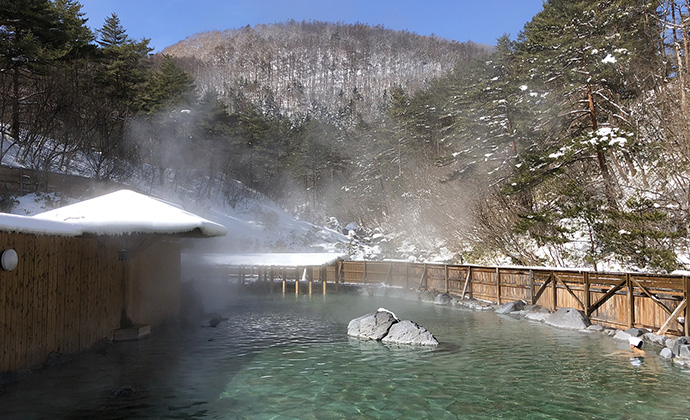
One of the greatest joys of Amanohashidate is the chance to soak in an outdoor bath—called rotenburo—with a view of the sea. Picture yourself in steaming water, the scent of pine in the air, and the sound of waves drifting in. Maybe it’s sunrise, and the sky is painted in pastels. Or maybe it’s nighttime, and you’re bathing under a sky full of stars.
Some must-visit spots include:
- Amanohashidate Hotel: Just steps from the station and View Land, it offers panoramic baths with unobstructed ocean views.
- Genmyoan: A luxurious ryokan with private rooftop baths ideal for couples.
- Seikiro Ryokan: A historical inn with a beautifully landscaped garden bath.
Each bath has its own character, but all share a deep sense of serenity.
Private and Family-Friendly Options
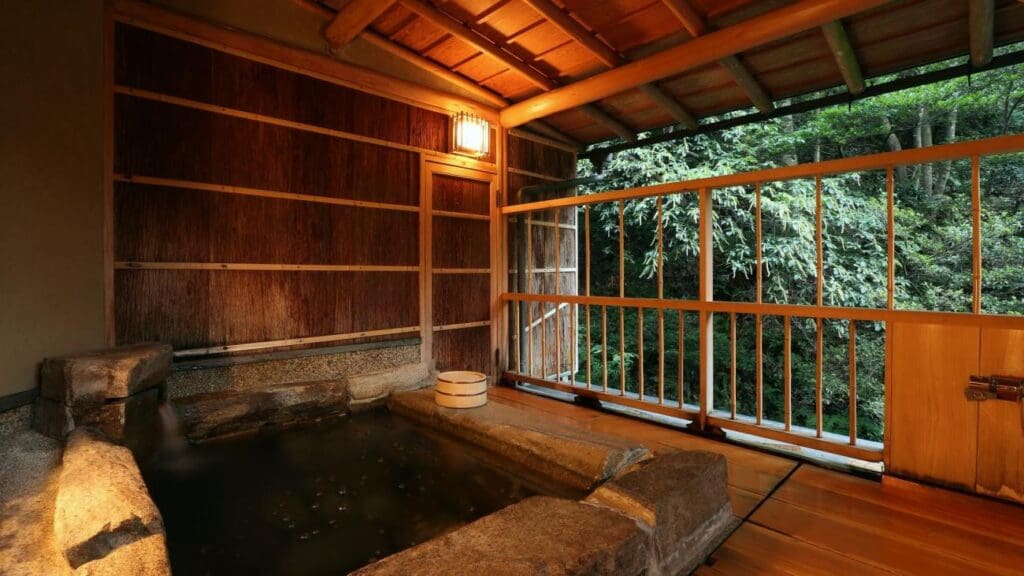
Not everyone is ready to go nude in public baths and that’s totally okay. Amanohashidate makes room for everyone, with many ryokans offering private onsen rentals. Perfect for couples or families, these spaces allow you to enjoy the full onsen experience in your own time and privacy.
Expect rustic stone tubs, small garden views, and the quiet luxury of your own moment. For families, some inns even offer kid-friendly amenities and communal lounges with local snacks and games.
What to Do Before or After You Soak
Walk the Legendary Sandbar
Start your day by exploring the very land that gives Amanohashidate its name. You can walk or rent a bike to cross the three-kilometer sandbar, lined with over 8,000 pine trees. It’s one of the most unique coastal walks in Japan, with peaceful spots for reflection and shady benches to take it all in.
Visit Chionji Temple & Kono Shrine
After your walk, stop by Chionji Temple, known for bringing luck in academics. Spin the giant omikuji (fortune wheel) and explore the quiet temple grounds. A short drive or bus ride takes you to Motoise Kono Shrine, which predates even the famed Ise Grand Shrine. The surrounding forest trail is like stepping into a dream.
Feast on Local Seafood
Your soak deserves a follow-up feast! As a coastal town, Amanohashidate serves some of the freshest seafood around. Try:
- Snow crab (kani) in winter

- Kaisendon (seafood rice bowl)
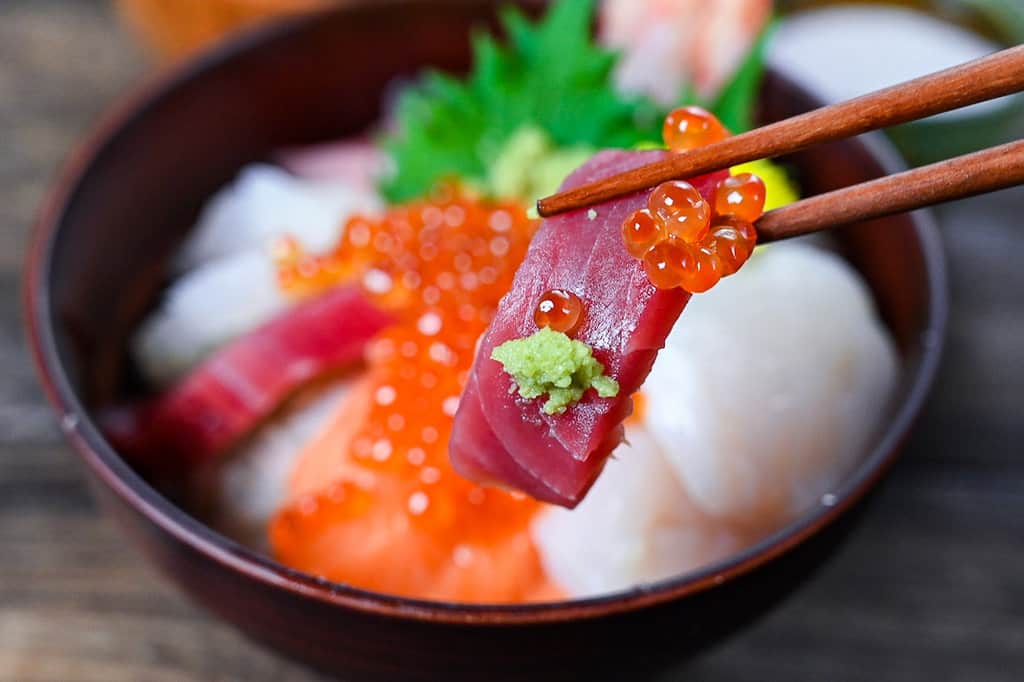
- Ika-yaki (grilled squid)
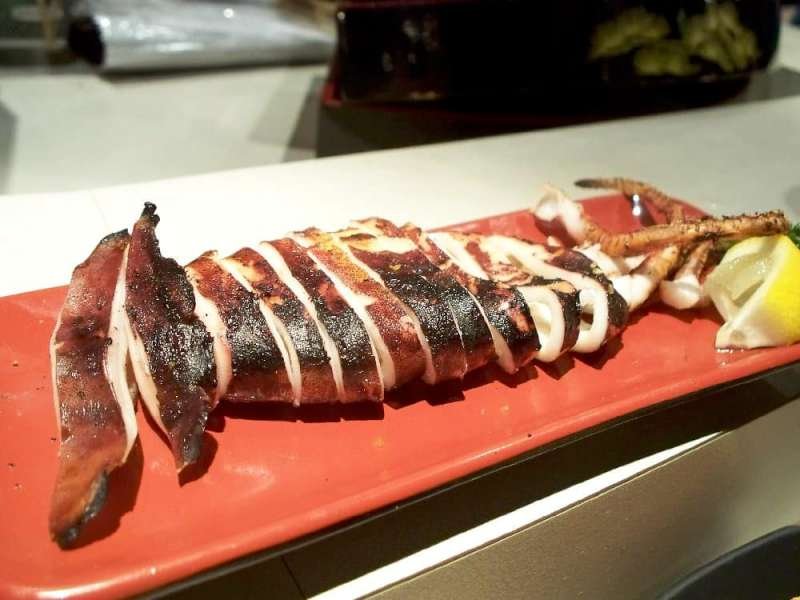
- Tai no shioyaki (salt-grilled sea bream)

Whether in a ryokan dining room, a market stall, or a seaside cafe, each bite feels like a celebration of the sea.
Rest and Restore: Onsen Meets Wellness
Traditional Japanese Massages
Extend the healing with a traditional shiatsu massage or Japanese anma therapy. Offered at many ryokans and wellness centers, these treatments focus on balancing your energy and easing tension.
Post-onsen, your muscles are already relaxed, so the massage works deeper—melting stress and fatigue like butter on warm toast.
Steam Therapy
Some onsen facilities also offer natural steam rooms, where vapor from the springs creates a detoxifying mist. It’s especially soothing in the colder months and helps with skin clarity and respiratory health.
Combine it all hot baths, massage, fresh food and you’ll leave Amanohashidate glowing from the inside out.
Getting There is Easier Than You Think
Despite feeling far away from the world, Amanohashidate is very accessible from Kyoto or Osaka.
- From Kyoto Station: Take the Limited Express Hashidate train (about 2–2.5 hours).
- From Osaka Station: Use the Konotori Express to Fukuchiyama, then transfer.
- By car: A scenic 2.5-hour drive through mountains and countryside.
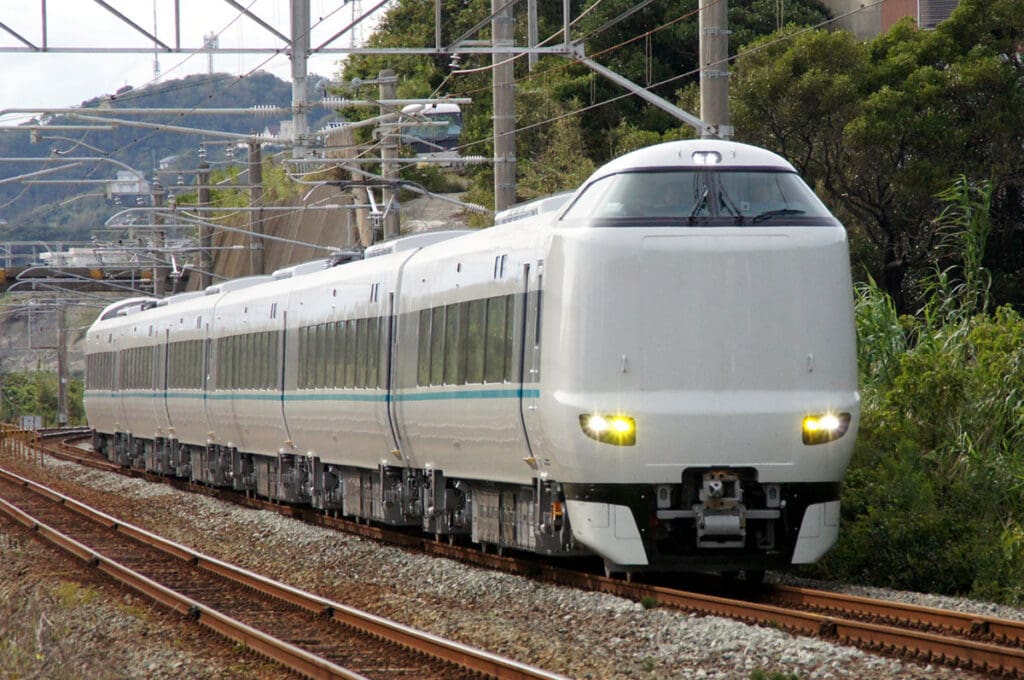
Once you arrive at Amanohashidate Station, most attractions and baths are within walking or cycling distance. Local buses, hotel shuttles, and rental bikes make it a breeze to get around.
Where to Stay: Sleep in Style or Simplicity
Traditional Ryokan

To truly experience the heart of Amanohashidate, stay in a ryokan. Expect:
- Tatami floors and futon bedding
- Multi-course seasonal meals (kaiseki)
- Personalized hospitality
Top picks include:
- Monjusou Shourotei: Known for its peaceful garden views and gourmet cuisine.
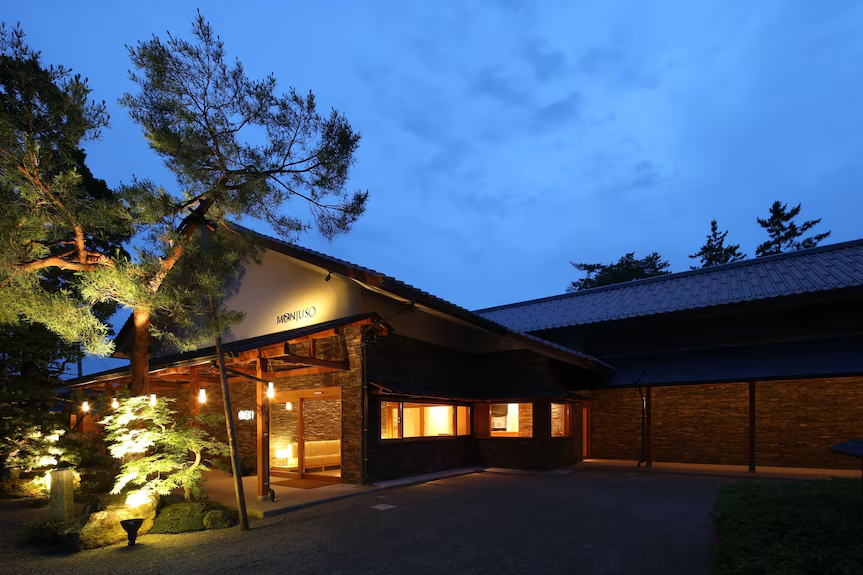
- Taikyourou: A historic stay near Chionji Temple.
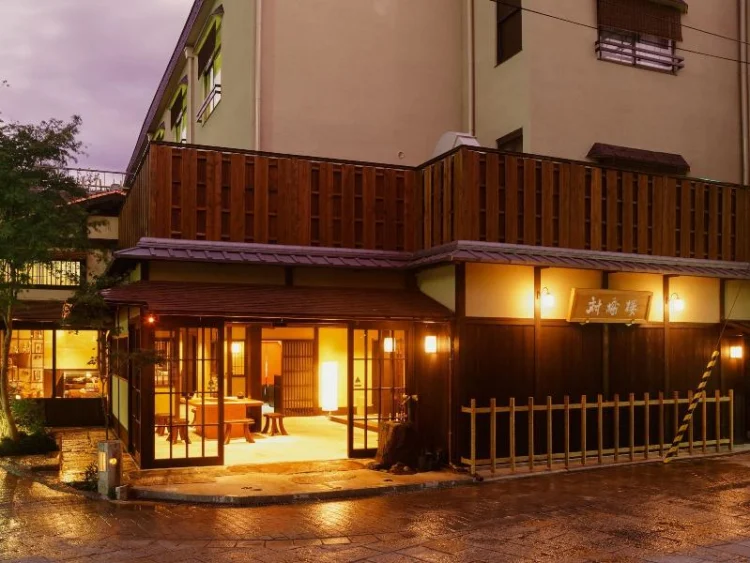
Modern Hotels
Prefer Western comforts? No problem. Hotels like Hotel Kitanoya or AmanohashidateHotel offer en-suite bathrooms, sea-view balconies, and buffet breakfasts all within walking distance of the onsen.
Budget Guesthouses
On a tighter budget? Try:
- Seaside Youth Hostel: Clean, comfortable, and close to everything. Phone: +1 503-738-7911
- Guesthouse Amanohashidate: A friendly, homey vibe with local charm.

First Time at an Onsen? Here’s What You Need to Know
- Wash before soaking: Always scrub down at the shower station first.
- No swimwear: You bathe nude but opt for private baths if you’re shy.
- Keep towels out of the bath: Use the small towel to dry off, not for soaking.
- Stay quiet: Onsen are peaceful, meditative spaces.
- Don’t overdo it: 10–20 minutes is plenty take breaks between dips.
And most importantly, breathe deep and relax.
A Photographer’s Dream
If you love photography or just appreciate natural beauty, bring your camera. From misty morning sunrises over the bay to the glowing golden hues of sunset, Amanohashidate is pure visual poetry.
Top photo spots:
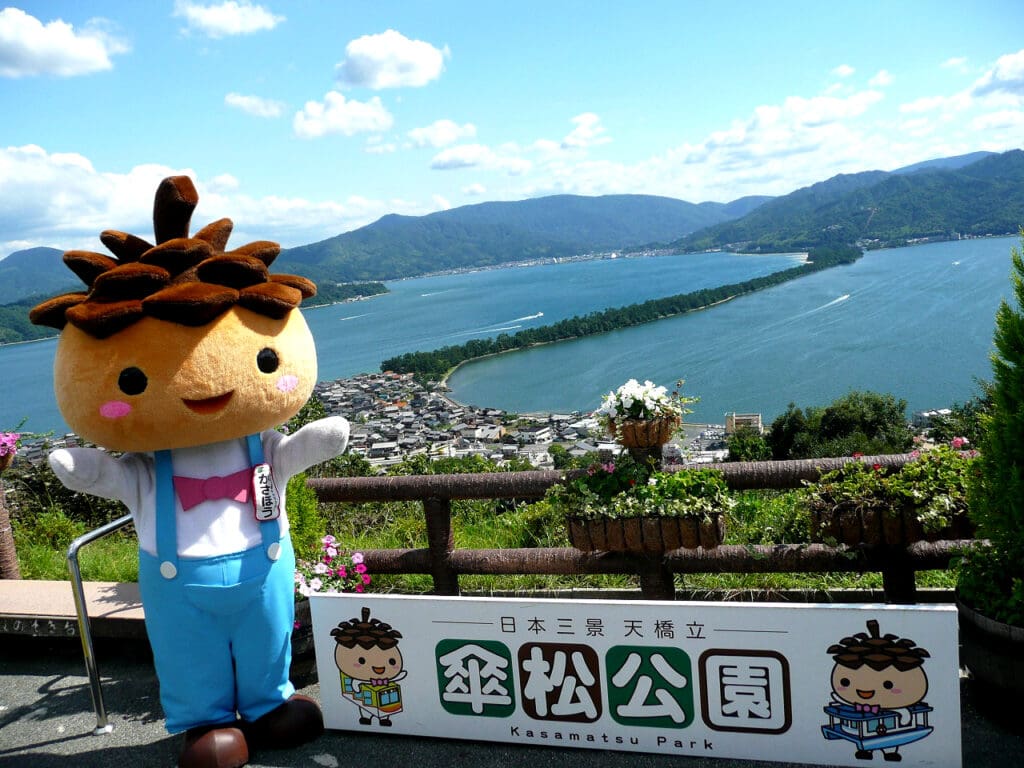
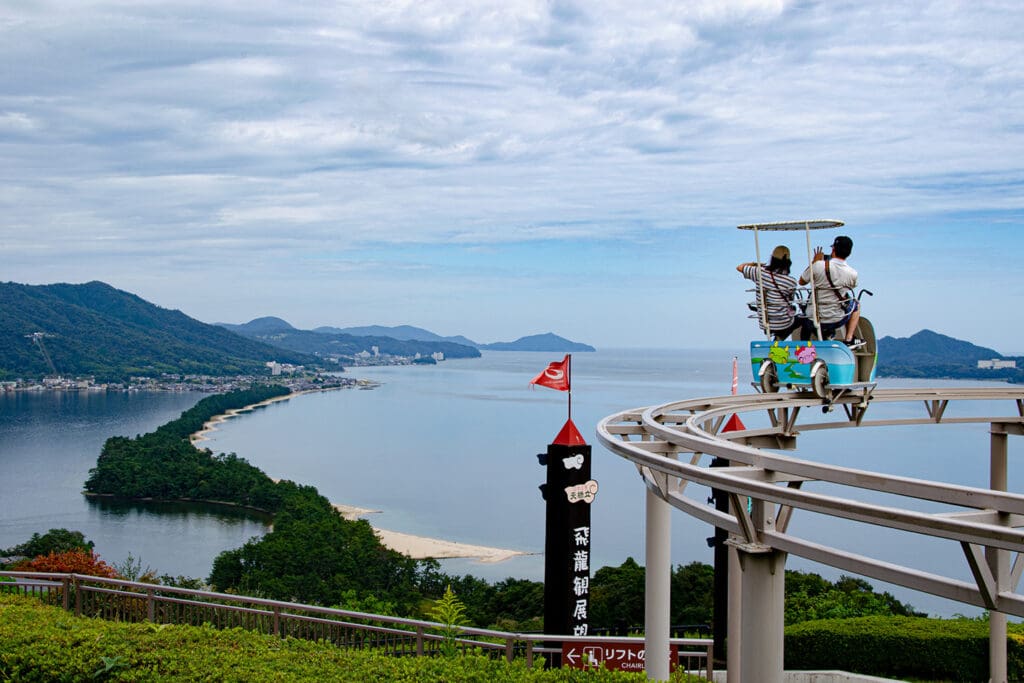

Sometimes, the mist rolls in and the trees disappear into white. Other times, the sea sparkles like a mirror. Either way, you’ll want to capture it.
Travel Sustainably, Support Locals
Tourism here is still very community-driven. When you:
- Eat at family-owned restaurants,
- Stay at local ryokans,
- Buy handmade crafts or sweets…
…you’re giving back directly to the people who make this place special.
Many inns also practice eco-conscious hospitality, from sourcing local seafood and vegetables to limiting water and energy waste. So your getaway doesn’t just feel good it does good, too.
Final Thoughts: Why You’ll Never Forget Amanohashidate Onsen
Some places leave a mark long after you’ve left. Amanohashidate is one of those. It’s not flashy or fast-paced. It doesn’t boast high-rise hotels or neon signs. But what it offers is something more rare: the space to slow down, the chance to heal, and the gift of silence.
In a world that often moves too fast, Amanohashidate Onsen reminds you to breathe. To feel the warmth of the water, the softness of the breeze, the beauty of doing nothing at all.
So if you’re ever near Kyoto or even if you’re not make the trip. Soak. Breathe. Be still. This might just become the most peaceful memory of your entire journey through Japan.
FAQs about Amanohashidate Onsen
1. Is Amanohashidate Onsen suitable for first-time onsen visitors?
Absolutely. Many inns offer private baths and clear instructions on etiquette, making it a comfortable experience for beginners.
2. What’s the best season to enjoy the onsen?
Each season has its charm. Winter offers snow-covered scenery, while autumn provides vivid foliage. Spring blooms and summer sea breezes are also magical.
3. Do I need to stay overnight to use the onsen?
No, several onsen facilities offer day-use options. However, staying overnight in a ryokan provides a more immersive and relaxing experience.
4. Can couples or families bathe together in Amanohashidate?
Yes, many inns offer private baths (kashikiri onsen) that couples and families can book for personal use.
5. Are tattoos allowed in Amanohashidate Onsen?
Policies vary by facility. Some allow tattoos or offer private baths as an alternative. It’s best to check with your chosen accommodation beforehand.
My another travel booking site is https://www.cityunscripted.com/ you can check the reviews here!
Don’t forget to follow our INSTAGRAM & FACEBOOK for more updates!
